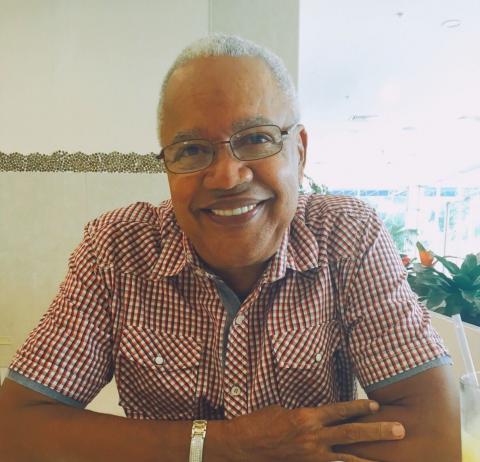
The technology landscape in Jamaica is ripe and ready for harvesting. I have had the pleasure of working with, and interacting with, several youngsters who are geniuses in their own right where technology development is concerned.
After being exposed to these youth, I see no reason why Jamaica cannot be among the best of countries like India, China, Japan and the United States, which continuously push new and emerging technology, and have invested heavily in the development of new and efficient ways of conducting business, and improving efficiency in general.
I want to zero in on a type of technology that I believe we can further develop to get even more value from the existing health technologies that we have - computer vision and artificial intelligence.
Let me use our radiology information management system (RIS) that has been combined with a picture archiving communication system (PACS) to illustrate this. The University Hospital of the West Indies is currently implementing this component as part of the overall digitisation project for its health information management system.
The RIS/PACS facilitates patient care by enabling radiographers and radiologists, or any person performing imaging procedures, to carry out their work and report on the findings.
Integration with the clinical information system allows clinicians to view imagines and generate reports. The system is quite versatile and it can:
- Integrate the imaging service with the rest of the healthcare information management system.
- Allow storage and retrieval of images acquired from imaging equipment at all sites in the hospital.
- Enable interpretation and reporting of the images.
- Distribute radiology images and reports to all clinical areas in the hospital via the local area network.
- Transmit images and reports to and from other referral centres via tele-radiology.
- Create a film-less environment by enabling the conversion to digital format of any hard copy films of patients obtained elsewhere for storage, retrieval and display.
- Enable digital images to be copied to transportable data storage medium readable by standard computers or converted into hard copies (films) for patients referred to healthcare facilities without PACS.
We can take all this a step further with computer vision. When the order is received from the doctor, clinic or hospital ward, the technician, or radiologist, vets the order for any possible risk to patient to take the required action.
Information about the patient and requested diagnostic test is fed into the imaging machine (X-ray, ultrasound, MRI, CT) which then captures the images which go to the PACS.
Artificial intelligence can then analyse the images and find abnormalities that may not be readily apparent. The radiologist would cross-check to confirm.
This can help in the speed of diagnosis and response time especially for emergency cases. Components of this already exist - computer vision - machines examining images and videos and helping to determine outcome are being used but not as prevalent in healthcare and especially in radiology.
This technical resource is already at the University of the West Indies and other institutions like the University of Technology, but more support can always be provided to conduct more research and bring it to fruition, here on our small rock.
This is already being done in India by Google. Other big companies are investing in this kind of technology. I do not see why we shouldn't, or can't.
Artificial intelligence will transform medicine and healthcare in the not-so distant future. The technology can empower doctors and assist with improving outcomes for patients. Accuracy, speed of diagnosis and treatment can also be improved immensely, giving more people a fighting chance, and even finding issues before they become problematic.
I have used radiology as the example here but computer vision and artificial intelligence can have several applications in every aspect of healthcare.
I do believe that the Government and private sector should give more support to youngsters involved in technology development and research. This is an area of the economy that we need to further develop as it can have major and positive outcomes for all of us as individuals and the country as a whole.
- Doug Halsall is the chairman and CEO of Advanced Integrated Systems. Feedback: Doug.halsall@gmail.com
Published: Sunday | June 17, 2018 | 12:00 AM

